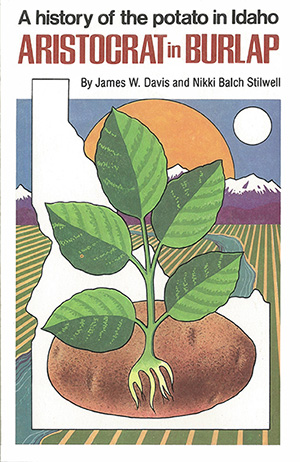In 1911, soon after Idaho farmers had begun to direct the strong flow of the Snake River to their own farms and fields, they discovered that irrigated land required an entirely new type of farming. They brought their problems to the University of Idaho's Agricultural Experiment Station at Moscow, which had been in existence as a land-grant college since 1892.
It soon became obvious that the establishment of branch stations, strategically located, were needed for research and demonstration in these newly developed farming areas.
When university officials started looking for a location in the upper Snake River Valley, the Aberdeen area was the scene of considerable reclamation activity. Nearing completion was the canal system of the Aberdeen Valley Land Development Company, the first privately financed reclamation project to be initiated in Idaho under the Carey Act of 1894. In addition, the desert area west of the reclamation project was being homesteaded by farmers who were interested in dry farming if suitable crops could be found. Therefore, Aberdeen seemed ideal for the establishment of an experiment station where both irrigated and dry farm crops and techniques could be studied.
During their visits to Aberdeen, the university officials met members of the Aberdeen Commercial Club. Negotiations between the two eventually resulted in the establishment of an experiment station at Aberdeen.
The original 80 acres for the Aberdeen Research Experiment Station were cut diagonally by the Oregon Short Line right-of-way, leaving approximately 15 acres of land to the west for irrigated fields and the balance of the farm to the east for dry farm crops.
Many Aberdeen residents and local farmers donated labor during the construction and land-clearing phases in the winter of 1911-1912. Actual construction started shortly after the middle of October in 1911. The first buildings were completed during the week of March 23, 1912.
From the start, the experiment station was operated jointly by the University of Idaho (U of I) and the United States Department of Agriculture (USDA). However, management and ownership has transferred slowly to the University of Idaho.

